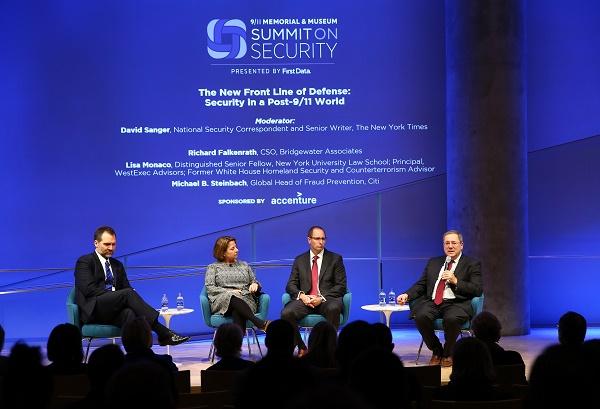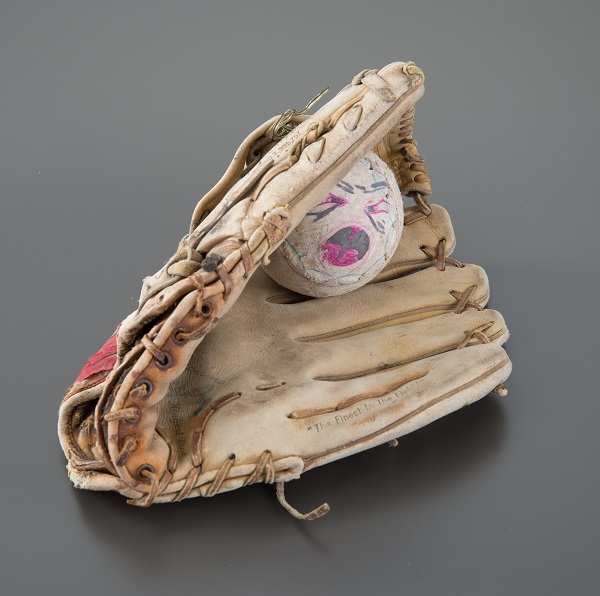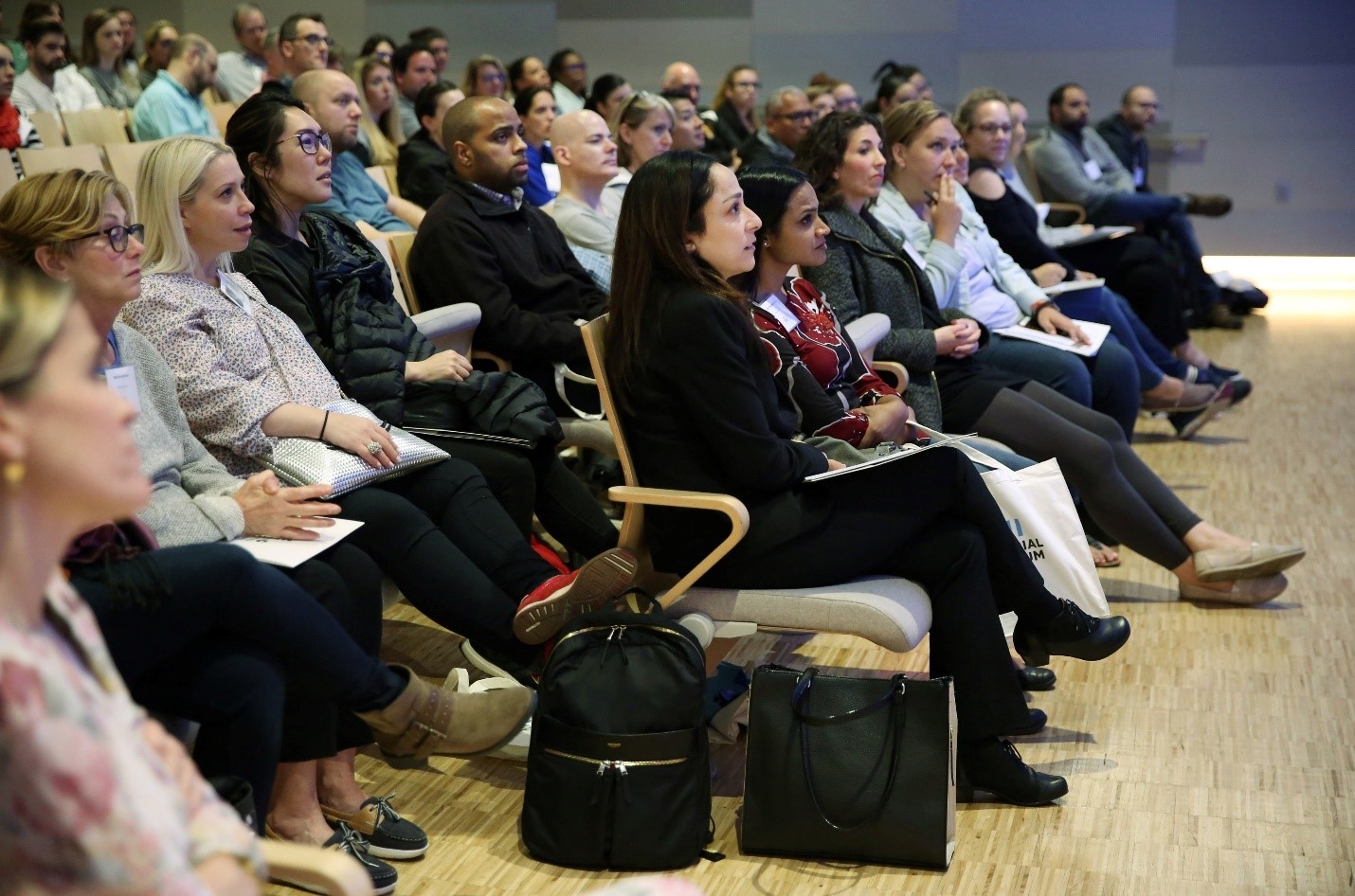Make a donation to the museum
Summit on Security Brings Public Officials and Cybersecurity Experts to 9/11 Memorial Museum
Summit on Security Brings Public Officials and Cybersecurity Experts to 9/11 Memorial Museum

The world’s leading voices on security convened at the inaugural Summit on Security, presented by First Data at the 9/11 Memorial & Museum.
The world’s leading voices on security convened at the inaugural Summit on Security, presented by First Data at the 9/11 Memorial & Museum this week to discuss matters including leadership, cybersecurity, privacy, risk mitigation, attack prevention and response and collaboration between the public and private sectors.
The speakers focused on the evolution of security in a post 9/11 world. Unlike in the past, the federal government classified cybersecurity this year as the greatest vulnerability in our nation. One participant paralleled cyber technology to the development of the airplane. From the Wright brothers’ first sustained flight in 1903, airplanes quickly became a powerful weapon during the First and Second World Wars. It was suggested that cybertechnology could follow a similar trajectory in the next 50 years.
Mindful of this potential progression, the discussion outlined the need to protect information, test emergency action plans and continue to innovate to safeguard public safety.
Both public and private leaders emphasized the need to regularly test their emergency response plans. Frank Bisignano, chairman and CEO of First Data, shared his 9/11 story, including when he worked with partners to re-open the New York Stock Exchange. He made clear that emergency response plans can never be a “table-top exercise,” but must be executional at every level of the organization.
In Bisignano’s conversation with retired General Lori Robinson, who commanded the military forces responsible for all North American airspace, both leaders compared preparedness to regularly working a muscle group at the gym. By failing to regularly exercise the cybersecurity “muscle” through meaningful testing, the system – and our preparedness – could atrophy.
Finally, the program addressed leadership to facilitate ongoing innovation. Each keynote speaker shared marks of great cybersecurity leaders, including someone who is willing to question the status quo; prepare for the “unthinkable” threat; and be present with their team through meaningful listening and active response.
The Summit was made possible by Presenting Sponsor First Data, Summit Sponsor PepsiCo, Accenture, AT&T, UL, ADP, BlackRock, Deloitte, GNYHA, Goldman Sachs, and Media Sponsor Bloomberg. The 9/11 Memorial Museum will continue to facilitate these meaningful conversations through other special events and our ongoing public programs.
By Timothy McGuirk, Communications Manager, 9/11 Memorial Museum
Previous Post
Two Artifacts Tell the Story of FDNY Lieutenant and Backyard Softball Legend Robert Wallace

A devoted father, Robert, who went by Bob, often served as motivational coach and catching partner for the Wallace “team,” consisting of four children and various nephews and nieces.
Next Post
Educators Explore Strategies for Teaching 9/11 at Professional Development Conference

Dozens of teachers enriched their skills at the 9/11 Memorial & Museum’s Election Day Professional Development Conference.